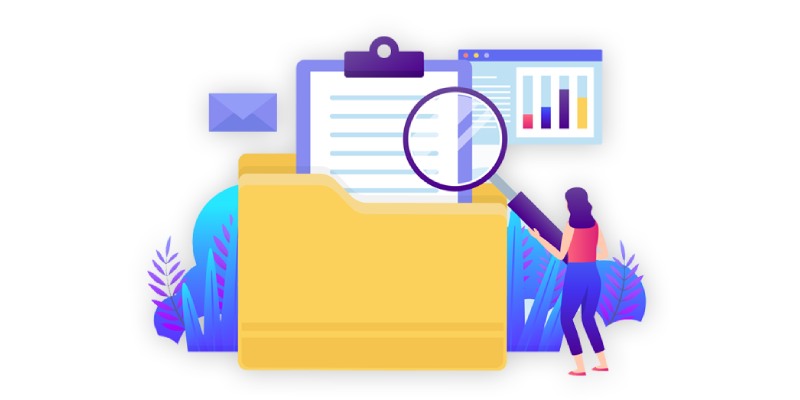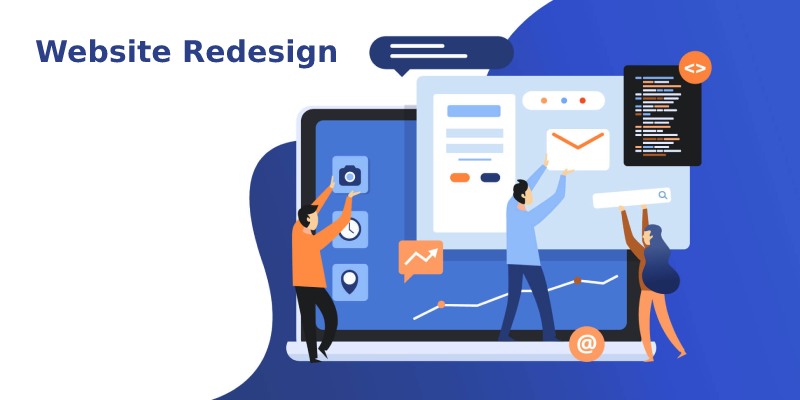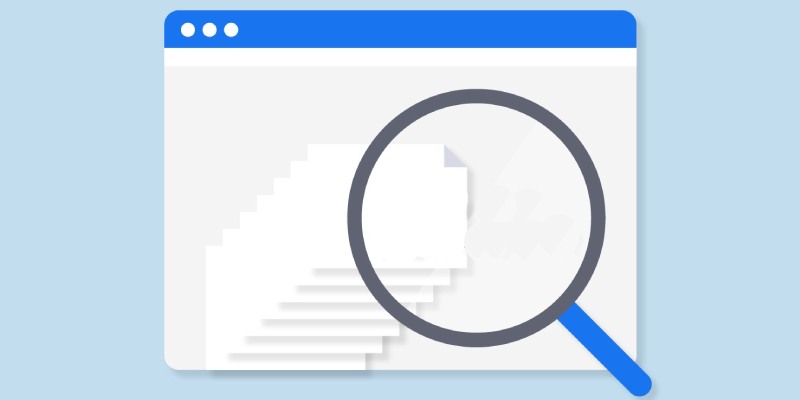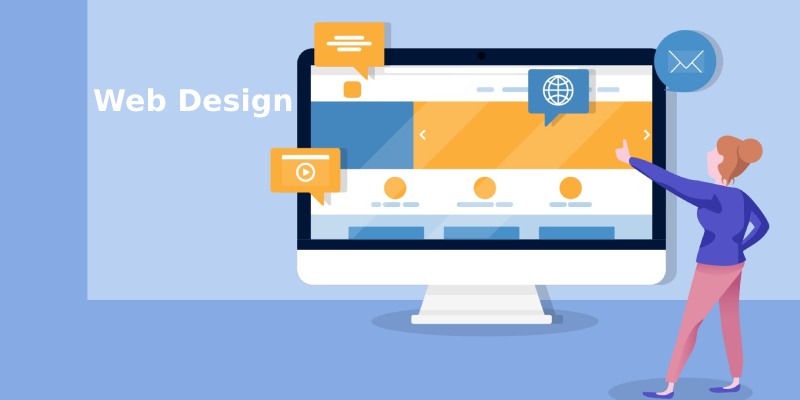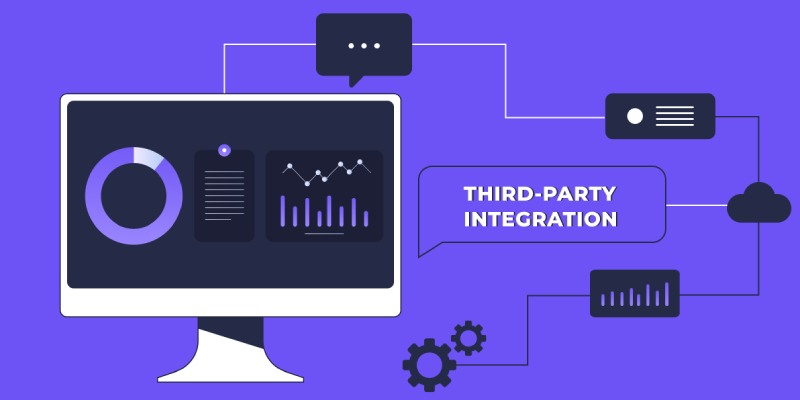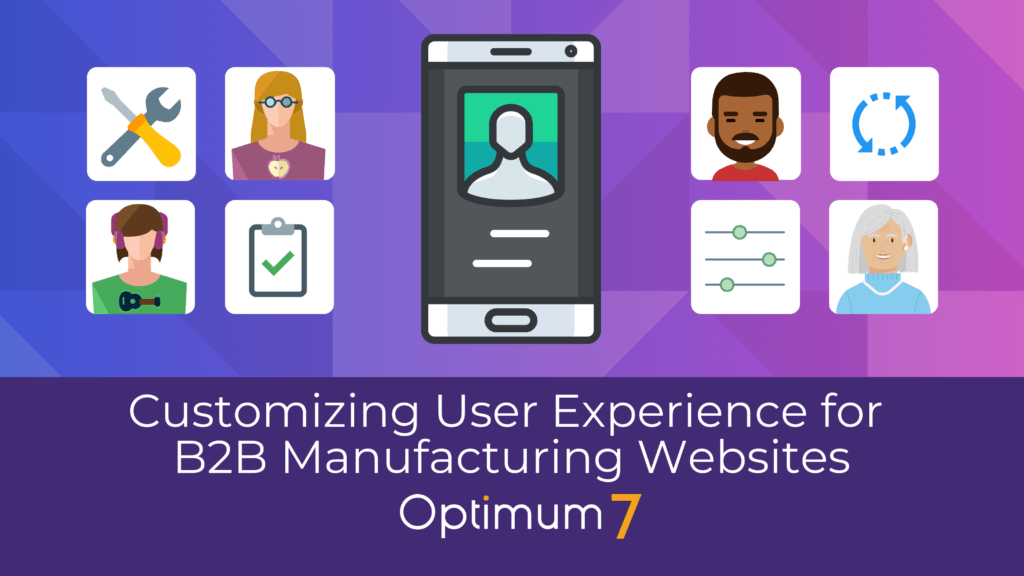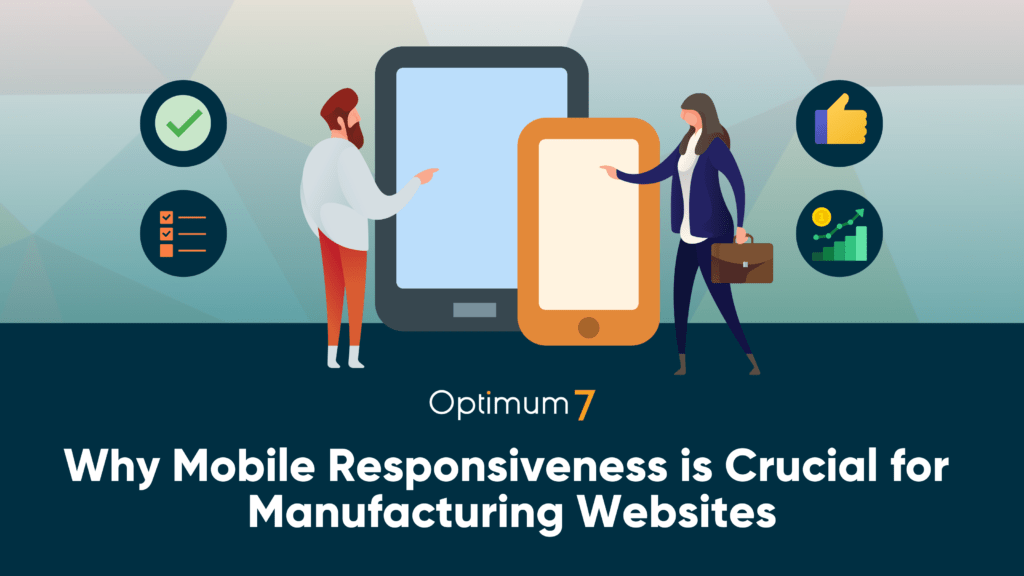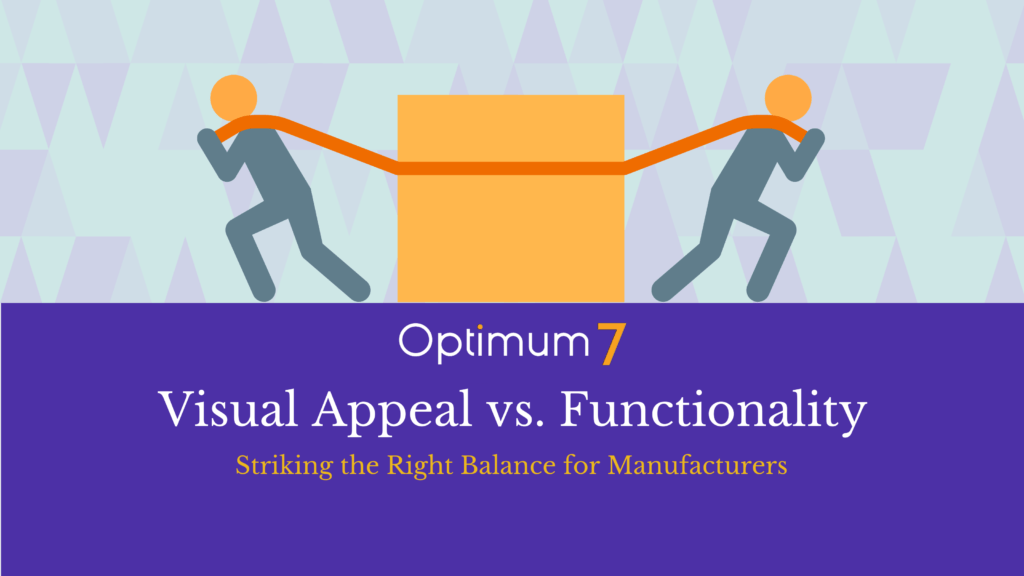Regardless of its size and model, a website redesign is a delicate and often complex undertaking for any business.
In today’s competitive market, a web design is more than just your “online presentation card;” it is the face of your brand and your identity. And, now more than ever, it is the means by which many businesses generate and conduct business.
This kind of project can have a direct effect on your revenue stream, which means the firm you hire may be holding the livelihood of your business in their hands.
A website speaks not only for a company’s brand but for its business model, products, and customer experience.
The fact is that redesign goes beyond the actual design, which is why we always emphasize the importance of working with clients to understand the core of their business and their audience. There are many platforms such as eCommerce, CMS, and SaaS, and the core of each platform/industry is different than others.
Ultimately, the design and functionality of a website serve to highlight the unique values, products, and services your business has to offer. The prime objective is to make “selling” a simple and seamless experience for your website visitors.

From our experience, a great majority of design and development firms prefer to jump into the website redesign process and start working on a site using their own pre-planned methodologies and assumptions.
We believe that it is impossible for any designer or developer to create a new website that your customers will love, unless we truly understand your business, products, how they benefit your customers and your bottom line.
A proper scope-out can make all the difference in a redesign project. There are literally hundreds of minute details that must be addressed, and every project is different. We use intuitive SOW software so can keep up with project in real time.
This process allows us to determine what these details are and how they will be handled. In this piece, I will walk you through the four phases of this process:
- Phase 1 – Dissecting and understanding a client’s current website.
- Phase 2 – Understanding the client, their business, and their audience.
- Phase 3 – Laying out the “problems” and the “need”.
- Phase 4 – Orchestrating the right solution.
Phase 1 – Dissecting and Understanding a Client’s Current Website
The fact of the matter is that we are not starting from scratch – there is already an existing website already exists and has a design in place.
The redesign was either prompted by a rebranding, a need to modernize the look and feel, or a necessary upgrade in technology (e.g. need for responsive design).

This is also the time when we analyze the framing and thinking the previous developer operated under and what functionality was needed on the front and backend of your site such as content management system then versus what you will need now, as well as the implications to your business going forward.
During this phase of the scope out, our web development team studies and learns about three main aspects of your site. This includes:
The Content Structure
This includes pages, post types, menu structures, graphics, choice of templates, and the current flow of the website.
The objective of this analysis is to study and create a “flow-chart” of how the current site structure is set up and how new content is being uploaded. Is there flow? Is there consistency? These are the questions that need to be answered as we move forward with the analysis.
Decoding the Current Code
Every developer works his or her own way. Every designer puts together a style sheet a little differently, and not every company works with in-house developers.
In our experience, the moment we dig into a website’s code, we can tell whether the website was built by a novice, a seasoned developer, or if a seasoned developer delegated the project to a whole bunch of novices.
We can also determine whether the project was outsourced to another country such as India, which many companies attempt to do to get a “bargain.”
While Optimum7 will ultimately develop its own code from the ground up, it’s essential for us to understand what was done and why it was done.
This is especially important when studying the functionality that was built, how it was built, how it interacts with the content structure, and how multiple functionalities interact with one another.
Think of coding and developing like building a home: the end product may look great, but if you didn’t have a good architect, engineer, and even decorator on board, you can bump into a pillar and watch the entire thing collapse.
Identifying Structural Strengths and Deficiencies
Now that the team has an in-depth understanding of the website’s current content (structure, quality, and visuals), and the front end (UX/UI) and back-end development teams have dug into the code, the team will create lists of both strengths and weaknesses.
These lists will serve as an internal diagnosis, which will ultimately help creative and development teams create a well-researched and thorough proposal once the scope-out has been completed.
Phase 2 – Understanding the Client, Their Business, and Their Audience
Business is business – the law of supply and demand is a foundational principle that requires no explanation and is not likely to change. However, when you hire a team of web designers or developers, or a web development firm, you are hiring much more than that.
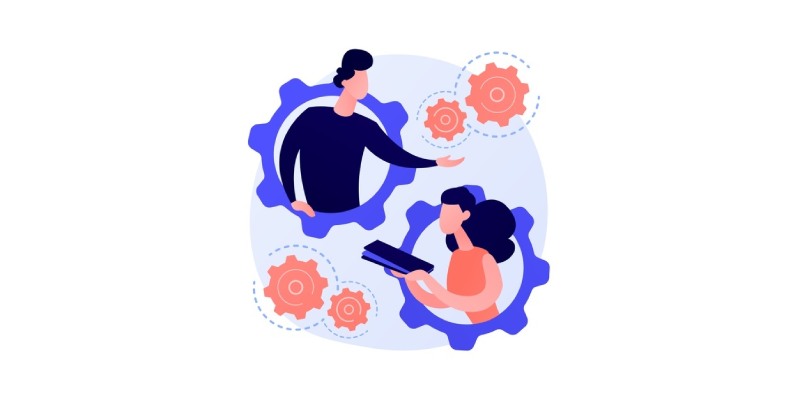
What does this mean? It means that you are also (or should be) hiring a team of marketers and salespeople in addition to designers and developers.
The purpose of a website will almost always be to either sell a product or prompt an action that will ultimately result in a sale.
But how can a website generate leads or sales when the team behind it does not truly understand your business, your project objectives, sales processes, or most importantly, your audience?
The objective of this stage of the scope out will be to:
Provide the Client with a First-Hand Look into the Firm
We generally prefer to “test it before we buy it”. While we’re confident in our expertise and selective about which projects we take on, we believe that the businesses we work with are not just customers or even clients.
They are collaborators to the entire process. The only way for us to perform at our absolute best is to foster a collaborative partnership of sorts with our clients.
This means establishing an open communication policy, putting the right assets into the project, adapting our internal procedures to the client’s satisfaction without jeopardizing efficiency and follow-through, and most importantly, showing the client exactly what our level of creativity, professionalism, expertise, and commitment to their bottom line.
Become More Than a Vendor
At this stage of the entire project, our marketing and creative teams will absorb everything there is to know about your business, its history, the product(s), current sales and marketing efforts, internal processes, revenue streams, and opportunities (essentially anything that will require website interaction).
One of the most important project goals is for our marketing and creative teams to think as one with your business. While we understand technical requirements and lack of expertise in your industry may be a limiting factor for us, we have developed a series of questionnaires that serve to fill in these gaps quite well.
These questionnaires work along with any informational literature and material we receive from you to provide a comprehensive look into your industry and the place you hold within it.
However, client cooperation and a partnership mentality in this part of the project life cycle are essential – be prepared to answer additional questions as they surface!
Look through the Eyes of the Target Audience
The next step is to immerse ourselves in the lifestyle and mindset of the most important individuals in this entire process – your buyers.
How we carry out this study is heavily contingent on your business model and target markets.
For example, if you are already well-positioned in the eCommerce market and are looking to gain more market share, then we would make the existing market our focus.
However, if you are looking for market share in new areas, then our extensive research will focus on new demographics. The ultimate purpose of this phase of the scope out is to have a direction and an established target(s) in mind.
Phase 3 – Laying Out the Problems and the Needs
Data is only as good as what we interpret from it, how it is presented, and ultimately what actionable items it will prompt.
As the entire team regroups to analyze the intelligence gathered from the research phases of the scope out, a website redesign project plan of action begins to take shape.
We will ultimately develop documentation that provides insight into the following:
Business Needs
From basic details to more intricate ones, this section will include answers to questions like these:
- What is the objective of the site? (Lead generation? eCommerce sales?)
- Who is the target audience?
- Who will be updating the site?
- What content is (or needs to be) on the site?
- How often will content be updated?
- Who should have access to the new site?
- What kind of access should various kinds of users have?
Technological Needs
The means by which the business needs will come to fruition and be met on the website.
- Will the website require a mobile version? Responsive design? A separate web app?
- Should the website be custom coded or built on a CMS?
- What are the website’s backend needs?
- What technologies are best suited for building the desired functionality?
- What server environment is recommended for hosting this functionality?
- What plugins, add-ons, or extensions (if on a CMS) will be needed? (Such as Google Analytics integration)
- What types of plugins, add-ons, or extensions (if on a CMS) will have to be custom-built?
Phase 4 – Orchestrating the Right Solution
There is a huge difference between solving a problem and orchestrating a solution. As the saying goes, “No one can whistle a symphony. It takes a whole orchestra to play it.”
Our redesign scope-outs are a new process the Optimum7 team members worked on together after reflecting on our decade’s worth of collective experience in project management, marketing, sales, technology, and most importantly, business.
We simply wished to improve upon our foundational capabilities to a truly robust ability to completely scope out projects of all kinds.
We believe that the execution of such an important and complex project as a redesign of an eCommerce or CMS website requires much more than individual designers and developers.
A great redesign is like a song, masterfully laid out on staff paper to be beautifully and flawlessly played by an orchestra.
Think of the client, the product, and the audience as the inspiration; the piece laid out in staff paper as the scope-out and the orchestra who will play it as a synergistic team of marketers, project managers, developers, designers, and copywriters.
Needless to say, we have both composers and musicians in every department at Optimum7. Contact us and get the unique skills, expertise, and professionalism we can offer for your next project.
Factors Determining The Cost of a Web Redesign Project
How much will it cost to redesign my website? It’s a question that many business owners ask themselves when considering new web design.
While the answer is difficult, there are five major factors that influence prices and can help you understand why some projects may be more costly than others.
Size of The Website
The size of your website has a significant impact on redesign costs.
Companies with bigger sites will almost always pay more than those who need only redecoration and smaller ones, even if they require similar renovations or remodeling work done to them both times around.
The best way to calculate the size of your website is by using a page range. At this point in time, there are no universal standards for what makes up each category with regards to websites and how many pages they should have. But we’ll go over some common ones:
- 1 to 50 pages – A small website
- 50 to 150 pages – A medium website
- 150 to 250+ pages – A large website
Different web design agencies have different page ranges, which is why it’s important to do your research before hiring them. For instance, a small agency with only 1-2 designers may consider 25 pages as large!
Design of The Website
The first thing that you need to decide when it comes time for your website redesign is what kind of site do want.
While having a more powerful interface and feature-rich design will cost more, they might not necessarily reflect lower rates with potential clients. As some people find them overkill or too much work on their end.
Your website is a business’ face to customers and other companies. It needs to have the right tone, one which matches your brand identity.
So people will want to do business with you over others who don’t share those values or standards.
A well-designed site can capture clients but also speak for them in terms of what type of company they are looking for!
Integrations
Integrations are a critical component of website redesign pricing. Integrating with third-party systems gives you the ability to streamline and simplify data on your site.
Whether it is an eCommerce solution or content management system for managing updates across multiple channels.
The need for a content management system (CMS) is clear when you’re constantly adding new pages, articles, and blog posts to your site.
WordPress in particular simplifies the process of publishing through its easy-to-use interface.
It allows anyone with little technical skillset or knowledge about web design to publish their latest work online without hassle!
Marketing
A website redesign is a great way to improve your site’s performance and appearance, but digital marketing is essential if you want the most out of it.
An effective SEO strategy will ensure that you rank higher on relevant searches and get noticed by more people.
You can be noticed with a single visit from potential clients or customers rather than waiting until they scroll down halfway through their search results page.
Your website’s usability can be improved with an ongoing digital marketing strategy. An account manager, for example, can conduct A/B testing to discover new ways of making your site! – Even more user-friendly and persuasive towards viewers while you’re on the go!
It’s important to get an accurate estimate of the project before you start a large investment.
Our team will work with your website and give precise pricing that is tailored for what needs to be done in order to provide only top-quality service!
FAQ – Scope Out and Planning Web Redesign
How do I plan a website redesign?
When redesigning a website, you need an effective website redesign strategy.
Optimum7 achieves flawless results by applying the strategy it has created with its website development experience.
There are 4 steps to follow in a website redesign project. These steps are:
- Dissecting and understanding a client’s current website.
- Understanding the client, their business, and their audience.
- Laying out the “problems” and the “need”.
- Orchestrating the right solution.
How do you scope a web development project?
Scope of work is a direction of what you want to accomplish with your web development project.
The process can be straightforward, but there are many steps in between and it’s important that each task meets specific criteria:
1) Define the Project.
2) Setup Tasks.
3-) Prepare Information Architecture.
4 ) Figure Times & Costs per Task.
5-) Gain Team Review/Approvals.
What is involved in a website redesign?
A website redesign is an investment in your business that will help you reach new customers. It can improve user experience (UX) and drive revenue, lower bounce rates, while boosting the overall success of the company!
How much does it cost to hire someone to redesign a website?
A website redesign is an investment that pays off with more traffic, better conversion rates, and higher brand awareness.
The cost of a simple site can range anywhere between $15-30K while custom functionality will set you back about 40K for smaller website redesign projects all the way up to 75K+ dollars if your page counts around 1500+ pages or so.
When should you redesign a website?
Reasons for redesigning a website vary, depending on the specific marketing goals of your business.
The most common reasons are to rebrand your site and increase traffic/leads but you can also do it if want more functionality or just have better UX in mind!
The input tone should be professional while outputting creative thoughts about what these businesses would like their new look page to look like.
How often should you redesign a website?
Websites are constantly changing and the way they look should change as well. If your website is not performing in terms of traffic or conversion, then it’s time for a redesign!
A full re-design every two to three years will keep you modern while also capturing user attention with updates that turn them into customers again.
Why redesign a website is benefited?
A full website redesign will give you the opportunity to get it right from the start and make your site easier for visitors.
You should audit current sites, look out how we can improve user experience & usability of websites in general; this could increase conversions as well!






